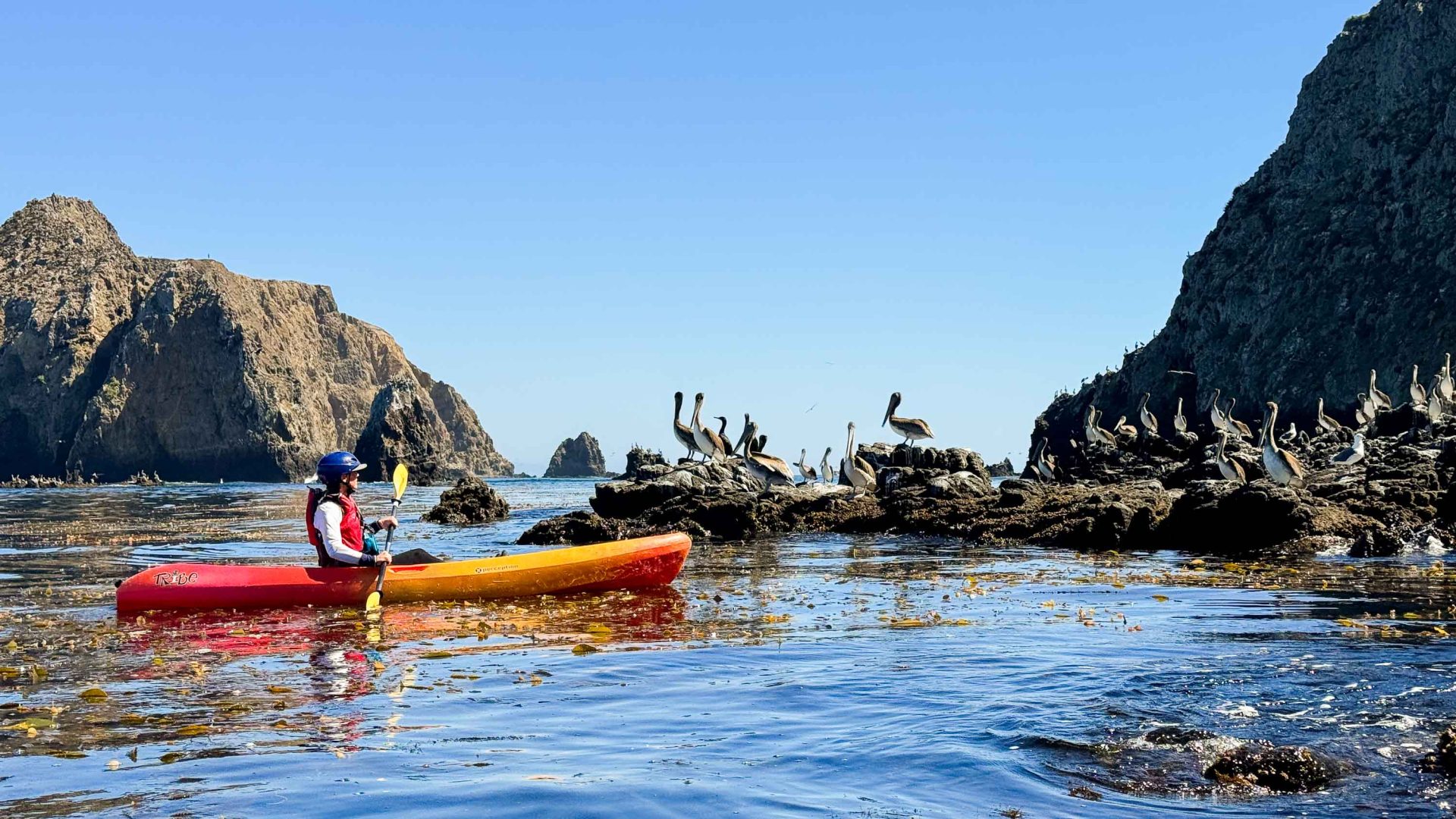
Showy, smart, colorful (or not), birds are the overlooked stars of the wildlife world. While Lisa Kadane used to deride birdwatchers when they could be seeking more exciting predators, she’s come to her own realization: Birdwatching rocks.

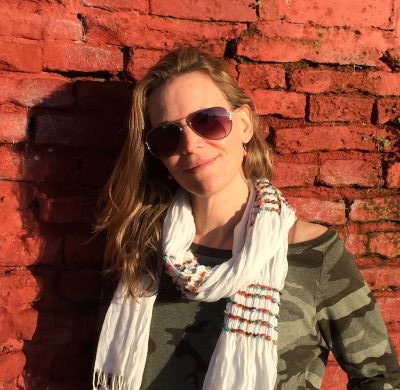
Showy, smart, colorful (or not), birds are the overlooked stars of the wildlife world. While Lisa Kadane used to deride birdwatchers when they could be seeking more exciting predators, she’s come to her own realization: Birdwatching rocks.
Along the shore of the Harrison River in British Columbia, Canada, we see boughs of ancient cedar trees through the mist. As our boat draws closer, I spy hundreds of white spots against a backdrop of green. What look like ornamental balls on a Christmas tree are actually bald eagles perched on branches; resting, preening, and peering into the water below.
My husband and I observe them through binoculars, eager to see one pluck a coho salmon from the river, or spar with a rival over the best fishing spot. We don’t have to wait long—during Season of the Wild, held every year between October and January, thousands of these huge raptors congregate near the town of Harrison Hot Springs to fatten up on salmon. Aerial action is almost guaranteed.
The spectacle fails to impress our autistic teenage son though. Instead of gazing skyward, he scans the water for sturgeon, the giant prehistoric fish that follow the salmon upriver and feed on their roe. His ambivalence toward majestic flyers mirrors my own when I was his age.
In my youth, I didn’t give a toss about birds. But like a song bird, nearly 25 years later I’m whistling a different tune.
The truth is, I used to secretly mock birdwatchers—with their dorky hats, dog-eared field guides, and ridiculously long zoom lenses, they made for an easy target.
During a stay at Sacha Lodge in the Ecuadorian Amazon, I recall a group of ‘twitchers’ sitting in a hide for hours, cameras at the ready, hoping to glimpse an oriole blackbird or green oropendola—while the rest of us searched the rainforest for predatory creatures like anacondas and jaguars. I mean, who’d rather watch a glorified blackbird than catch a piranha from a dugout canoe? But then I started to get it.
The US Fish & Wildlife Service calls the pastime a “nationwide phenomenon,” noting that 44 percent of the country’s 96 million birders have traveled on birding adventures.
I realized that anyone with bait can catch a fish—but it takes patience and passion to spot a bird whose call sounds like dripping water (the oropendola). I now understand why David Attenborough crows excitedly about birds in every wildlife documentary he narrates: He talks up tiny hummingbirds (I mean, they can fly backwards) and rhapsodizes over bombastic birds of paradise (those hypnotic courting moves have to be seen). And his enthusiasm is contagious.
While I’m not (yet) at the stage where I’ll rise before dawn to search for rare gulls at the landfill (yes, some birders intentionally visit landfills at dawn to see rare gulls), I’ll happily kayak to a cormorant nesting site in southern California’s Channel Islands National Park, or hike into the alpine near my home to spot a mountain bluebird. Often, birds are secondary to the activity, but they’re always a delightful surprise—they’re the unsung stars of the wildlife world.
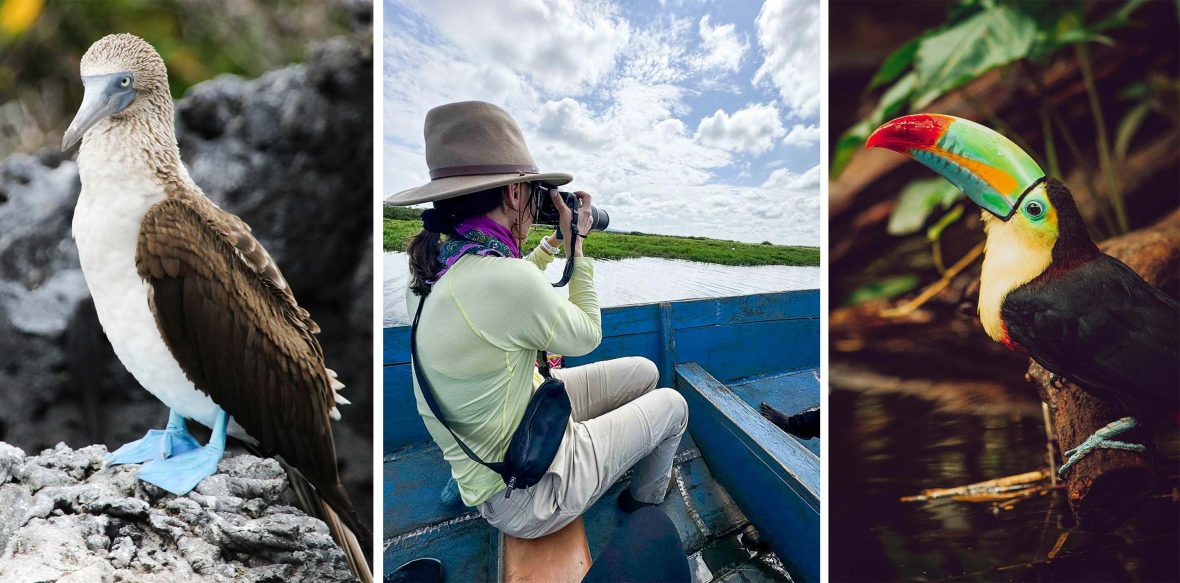
I know that I’m far from alone with my fledgling obsession. Birdwatching tourism took off during the pandemic, and is in part driven by travelers looking for immersive and sustainable experiences. In Canada, where I live, 11 percent of households took part in birdwatching in 2021.
South of the border, the US Fish & Wildlife Service calls the pastime a “nationwide phenomenon,” noting that 44 percent of the country’s 96 million birders have traveled on birding adventures. And last year, the Merlin app, which helps birders ID species they see and hear, welcomed 7.5 million new users. Who’s dorky now?
Ironically, I started to see birds in a new light on that same trip to Ecuador. After the Amazon, my husband and I cruised around the Galápagos Islands, where the archipelago’s avian inhabitants entertained us daily. We saw albatrosses come in for awkward five-point landings on the water. We snorkeled with playful Galapagos penguins. We watched blue-footed boobies divebomb the sea for fish, and we stood spellbound as frigate birds harassed the hapless boobies into giving up their catch.
I paid more attention to feathered friends on subsequent travels and began to marvel at their curious behaviors. I love how California quails scamper like a skittish school of fish at the first sign of trouble in the Arizona desert. I’m in awe of East Africa’s yellow weavers that expertly craft basket-nests with two feet and a beak, and Panama’s wild toucans who follow their nose to the scent of fresh papaya, just like the Fruit Loops cereal mascot.
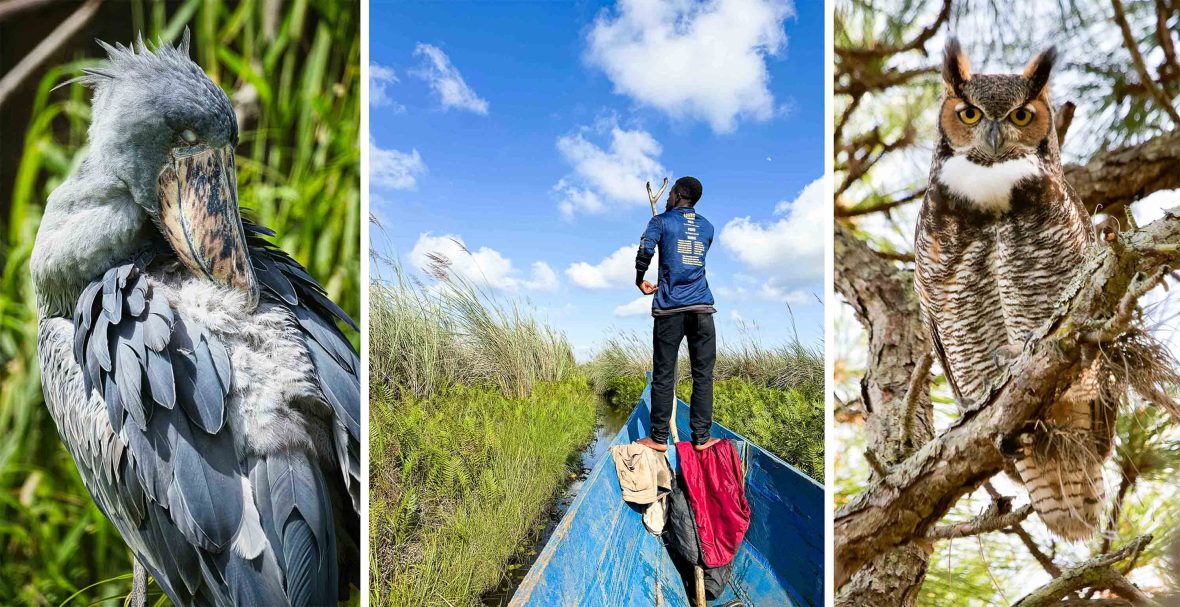
I also find myself going to extremes to try and spot rare or unusual birds. On a trip to Uganda, I piled into a dugout canoe to search Mabamba Swamp for a shoebill stork, a tall, prehistoric-looking bird that stalks its prey—including baby crocodiles—in the papyrus-choked channels. Most safari-goers are interested in Africa’s big game, but birds can be fierce predators, or even just compelling scavengers—it’s fascinating to watch vultures pick a carcass clean.
Though we were shut out by the shoebill, the outing was a masterclass in being present: I was aware of every bird call across the water, the breeze tickling my trigger finger (I now also own an obscene zoom lens), the equatorial sun baking my neck. It’s a pastime that demands mindfulness and ensures you notice the fine details of nature.
Our son still prefers hippos to herons, but that’s starting to change. Three months after eagle-spotting at Season of the Wild, we fly to Florida like good Canadian snowbirds. We ditch the region’s theme parks and opt for sensory-friendly activities to search for iconic Florida animals like alligators and manatees, at destinations along the Great Florida Birding & Wildlife Trail.
Birding isn’t something I only do on vacation either. My mom, a bird lover, gave me a Canadian bird guide for Christmas one year. So far, my husband and I have counted 62 species in our neighborhood in the small city of Kelowna, a stop on the BC Bird Trail.
We commonly hear great-horned owls and see pileated woodpeckers. Goldfinches, robins and mourning doves bathe in the backyard stream. They fill the yard—and our world—with color and song. Life would be silent and somewhat drab without them.
Our son still prefers hippos to herons, but it is starting to change. Three months after eagle-spotting at Season of the Wild, we fly to Florida like good Canadian snowbirds. But we ditch the region’s theme parks and opt for sensory-friendly activities to search for iconic Florida animals like alligators and manatees, at destinations along the Great Florida Birding & Wildlife Trail.
Wildlife being unpredictable though, we see mostly birds. We paddle past wood storks and great egrets hunting in the cypress swamp shallows at Shingle Creek Regional Park. Gopher tortoises and Florida panthers elude us on a hike at the Disney Wildlife Preserve, but we’re charmed by a pair of sandhill cranes and their fluffy chick. In Shell Key Preserve, the water is too cold and turbid to spot manatees, but we watch pelicans inelegantly fish, and red herons chase their prey through the water.
Rather than being there explicitly ‘for the birds,’ their antics elicit laughs as we kayak or hike along. Like us, our son looks skyward, in the moment, connected to nature—and possibly, a birder in the making.
****
Adventure.com strives to be a low-emissions travel publication. We are powered by, but editorially independent of, Intrepid Travel, the world’s largest travel B Corp, who help ensure Adventure.com maintains high standards of sustainability in our work and activities. You can visit our sustainability page or read our Contributor Impact Guidelines for more information.

Lisa Kadane is an award-winning journalist based in Kelowna, B.C., Canada. She covers outdoor adventure, wellness, family travel and accessible travel, particularly for individuals on the autism spectrum, and has been published in AFAR, BBC Travel, Fodor’s Travel, Garden & Gun, Travel + Leisure, and many others. When not traveling, Lisa skis and hikes with her family in the Okanagan Valley.


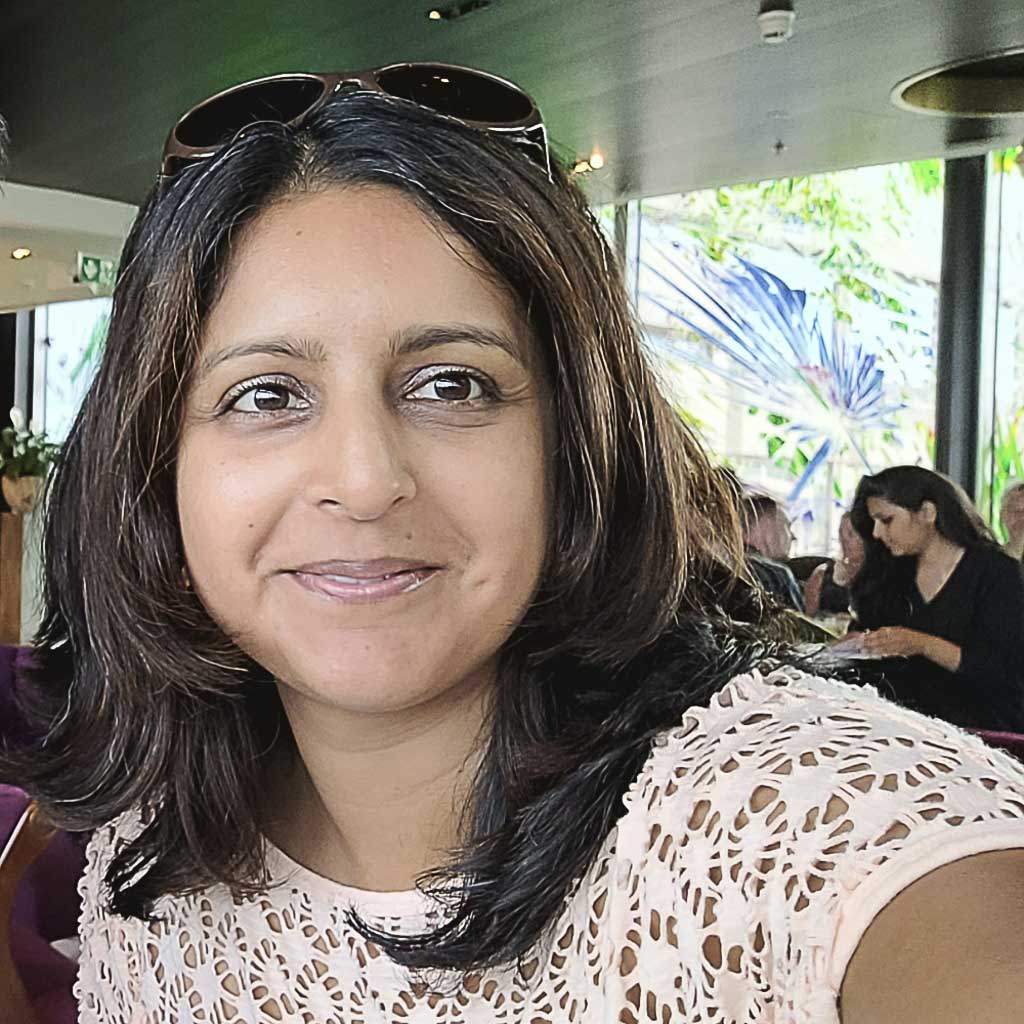



Can't find what you're looking for? Try using these tags: